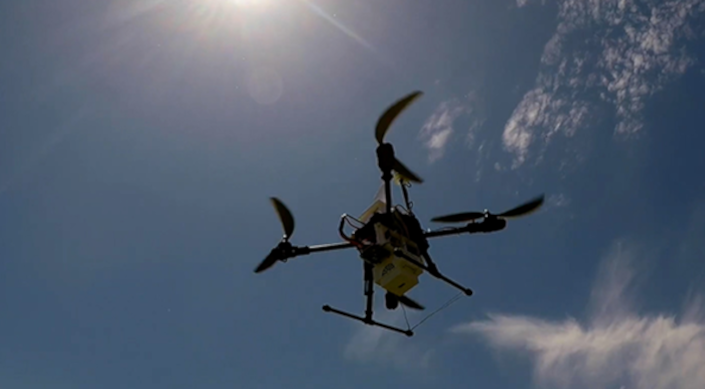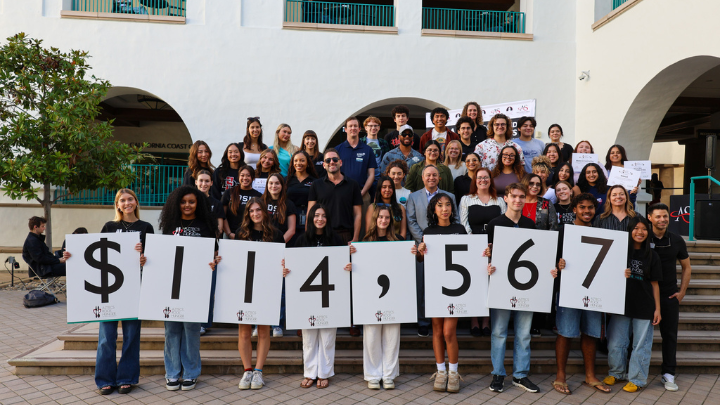Customizable Computing Platform Facilitates Unmanned Aerial Vehicle Research
Whether they're monitoring crops or responding to disasters, SDSU engineer Junfei Xie wants to make unmanned aerial vehicles more accessible to users.

Engineers at SDSU and several other universities are making it easier to customize unmanned aerial vehicles (UAVs), or drones, for responding to wildfires, monitoring crops or conducting safety inspections in difficult-to-reach areas.
While commercial drones are readily available, they’re designed primarily for aerial photography or recreation, and are hard to modify for more specialized purposes; and building a UAV from scratch is a time-consuming process requiring a great deal of computing and engineering expertise that users may not have, according to Junfei Xie, associate professor of electrical and computer engineering and NSF Career Award recipient.
Instead, Xie and her colleagues have created a UAV computing platform with built-in microprocessors, communication, networking and mobility control features upon which users can add modular components to tailor the UAV to their needs.
“We came up with this idea to develop an open UAV research infrastructure that allows users to easily design, implement and test their own applications,” said Xie.
For example, a user might add new sensors, the ability to download real-time data, or onboard AI processing, said Shengli Fu, professor of electrical engineering at the University of North Texas.
“In that way, they can easily develop their own applications within a short amount of time,” Xie said.
With funding from the National Science Foundation, Xie, Fu, and their colleagues Kejie Lu at the University of Puerto Rico at Mayagüez and Yan Wan at the University of Texas at Arlington have been collaborating on the platform since 2013. Recently, they have emphasized multi-UAV communication at high data rates, a weakness of some commercial drones which usually only offer low data rates.
For example, when a disaster like a wildfire strikes, a region’s communication infrastructure may be destroyed.
“With our platform, we are able to send a drone to the disaster area and have another drone with an Internet connection close to the command and control center,” said Xie. “By building a connection between the command center to the UAV close to it, and then between that UAV to the UAV close to the disaster area, the UAV in the disaster area will be able to provide Internet services to the people there.”
This scenario would require the UAVs to talk to each other over long distances, with the capability of sending images and videos of damage to the area. Xie says this could be achieved by mounting directional antennas on the drones to extend the communication range and increase bandwidth.
Opportunities for engagement
All four universities involved in the project are minority-serving institutions, providing research opportunities for students from diverse backgrounds. The reach extends beyond just these institutions, however. A major goal of the project is to provide community engagement activities around the platform to encourage more teams to incorporate UAVs into their research.
To this end, project managers serve as a troubleshooting resource for the UAV research community. Project researchers hold four workshops annually at locations around the country to help researchers and students learn about UAVs and tackle the technical challenges they have encountered.
The next workshop, complete with tutorials and flight demonstrations, will be held on Jan. 19 on the SDSU campus and is open to researchers and students. It will provide an introduction to UAV computing, control, communication and networking technologies.
Xie also directs a free hands-on robotics summer camp for middle and high school students at SDSU every year — emphasizing coding, ground robots, and unmanned aerial vehicles.
“We want to facilitate workforce development to educate our next generation,” said Xie.



